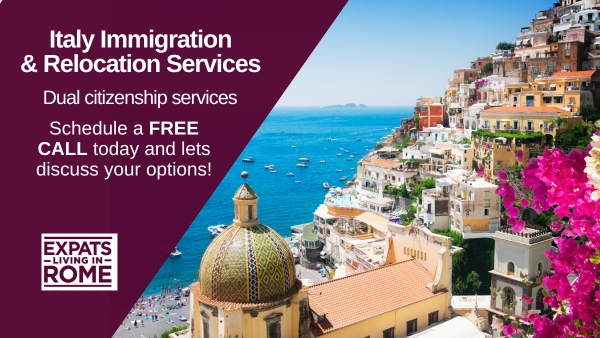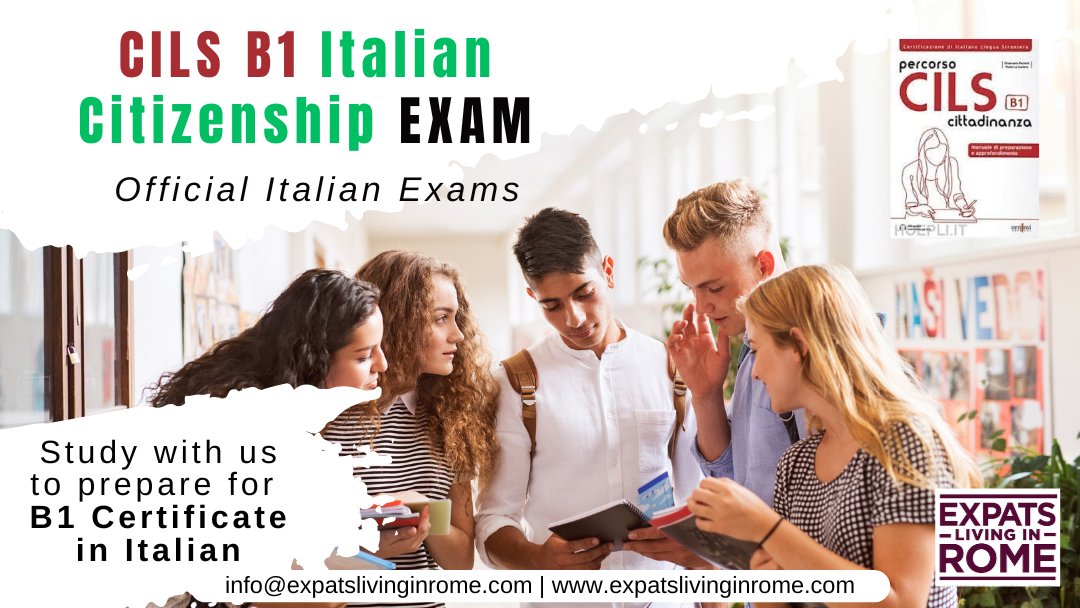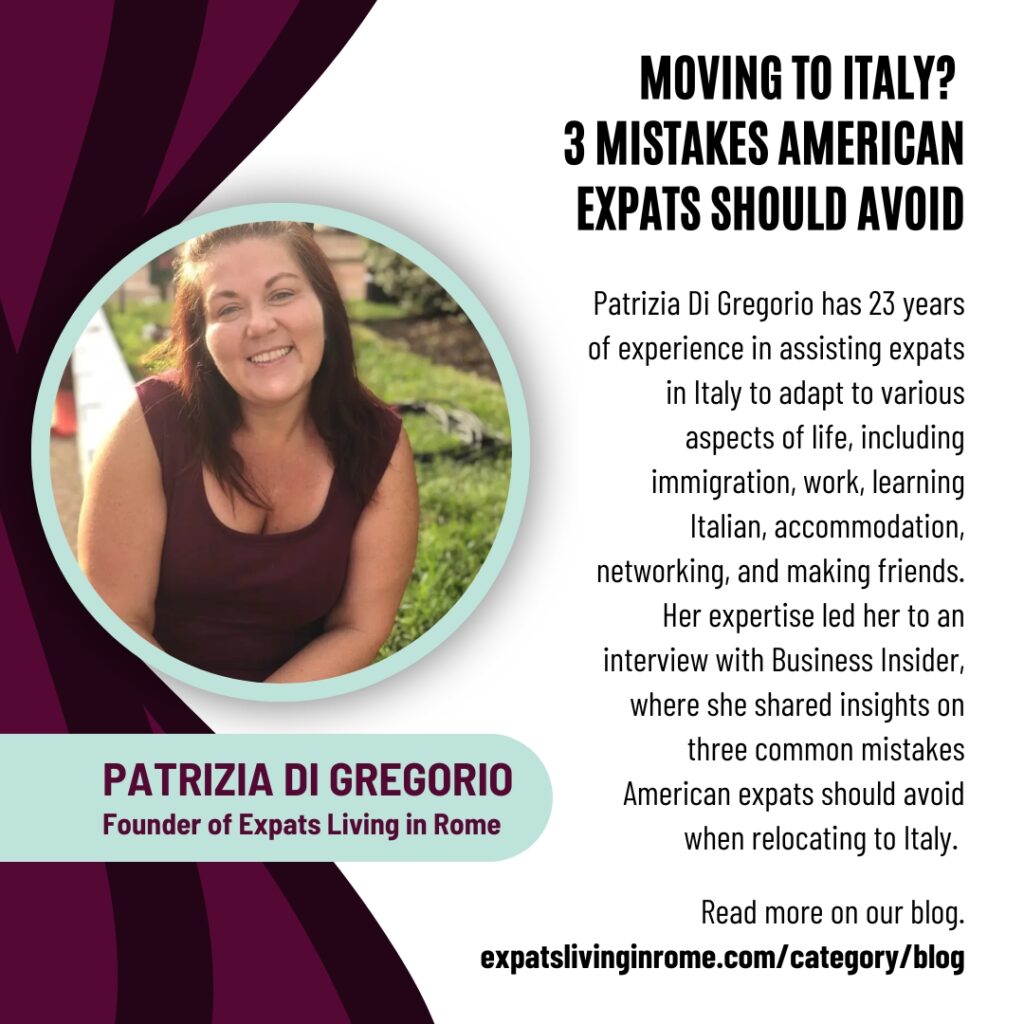20 Places to Explore in Milan – A Local’s Guide
by Adriana ruiz
Article written by Enzo Mezini.
In this story, I am going to show you the city of Milan, the World Capital of Fashion and Design, the Italian Stock Headquarters, and the capital of Lombardy. From the most tourist places to the most private spots that I personally enjoy as I live in this great city. So let’s Start!
1. Duomo of Milan
The Madoninna, in the Italian language, is referred to as the gold statue on top of the cathedral. The cathedral began construction in the 14th century. Today, it is the symbol of the city and one of the most tourist places to visit. Regardless of the season, month, day, or hour, it is always crowded with locals and tourists trying to capture the moment with a great shot to post on social networks. You can choose to see the cathedral from inside or even the rooftop. Nearby is the Duomo Square and some museums, and for lovers of shopping, there are plenty of shops nearby. Not to forget bars and restaurants.
View this post on Instagram
2. Galleria Vittorio Emanuele II
It is a commercial gallery located beside the Duomo Cathedral. It is connected with Corso di Vittorio Emanuele II and La Scala Theater. It was constructed in the 19th century. Inside, you can find some of the most well-known brands and restaurants. Initially meant for the Italian bourgeoisie, it is now a wonderful spot to walk and take pictures if you are not into shopping.
View this post on Instagram
TIP: Find the bull and spin three times with one heel! It brings good luck, as they say.
3. Garibaldi (metro station and railway and Gae Aulenti Square) and Moscova nearby
There is a lot to talk about in this area. First, the Garibaldi Metro station and Railway, where there is a modern and important railway, and two metro lines, the M2 (green) and M5 (lilac). A few meters away is Gae Aulenti Square, where skyscrapers are located, along with a variety of shops and fountains where you can easily walk, cycle, and explore the zone. Close by is even “The Trees Library” with a playground and a place to chill.
Continuing by walking for some meters or, for the laziest ones, by one metro stop, Corso Como is located where there are some “semi-quiet” bars for aperitivo and Corso Garibaldi where there are also bars where Italian youth usually spend their weekends drinking.
During the Christmas holidays, in Gae Aulenti Square, there is an ice-skating rink.
View this post on Instagram
4. Brera Design District
Or just call it Brera. It is one of my favorite places to go in Milan. You can walk from Duomo if you prefer, or by public transport Tram or Metro (I suggest the green M2 LANZA Stop).
It is a typically Italian neighborhood with those “stretched” streets and paths. There are museums and an academy, shops, and a lot of restaurants. Ideal even for a daily walk or at night. A neighborhood for all types of persons where anybody finds itself.
TIP: Since you arrived by metro with the Green M2 (Lanza and Piccolo Teatro), take a look even at “Piccolo Teatro.”
View this post on Instagram
5. Castello Sforzesco
The Castle of Sforza and nearby. It was built in the 15th century by Francesco Sforza, Duke of Milan, on the remnants of a 14th-century fortification. You can visit the Museum inside the Castle or just the nearby park with the fountain. And have lunch or dinner.
TIP: During specific times of the year, near the castle, there are merchants of goods and specific traditional food.
View this post on Instagram
6. Parco Sempione (“Simplon Park”), Arco della Pace (Arch of Peace), Torre branca (Branca Tower)
It is a large city park in Milan, established in the 19th century. Through the park, you can see the gardens of The Sforza Castle, and from the other side, The Arch Of Peace, which is another landmark of Milan. In this area are more spots that I can highlight, such as Triennale di Milano art expo, Arena Civica (public aquarium), Torre Branca (Branca Tower), and Palazzina Appiani.
TIP: Once inside Parco Sempione, look for the Bridge of Mermaids, which is hidden, and for the Fontana dell’Acqua Marcia (an old fountain but with NOT potable water) and The Library of the park close to the Napoleon Statue.
View this post on Instagram
7. Navigli, Porta Ticinese, Colonne Di San Lorenzo, Porta Romana thermes
There are three Navigli in that “touristic” Navigli. The Navigli Pavesi where young people just sit close to the bars and drink and have a great time. The Navigli Grande where from both sides there are some shops and many bars and restaurants, is a traditional place to sit and enjoy the Milanese Aperitivo (Happy Hour).
Colonne di San Lorenzo (The Colonnade) is a group of ancient Roman ruins, located in front of the Basilica of San Lorenzo. Don’t be fooled by the Basilica beside because at night it is one of the spots where young people stay and drink alcohol until late hours. There are a bunch of bars, takeaways, and restaurants.
As you go through Colonne di San Lorenzo in the Navigli direction, you can easily spot from far the Porta Ticinese (formerly known as Cicca Gate, and during Napoleonic rule as Marengo Gate). First built during the 16th century. The name “Porta Ticinese” means “Gate to the Ticino,” referring to the Ticino River. It is one of the city landmarks and a very tourist area.
Porta Romana or Roman Port is a District/Neighborhood known not only for the bars but even for the thermes.
View this post on Instagram
8. Corso Buenos Aires and Nearby
Corso Buenos Aires is a major street in north-eastern Milan, with over 350 shops and outlets and a lot of bars. The architecture is mostly from the 19th-20th century. It starts from Porta Venezia to Piazzale Loreto. It has three metro stops (Porta Venezia, Lima, Loreto) and Porta Venezia Suburban Trains. You can reach it simply by Duomo by walking, towards Piazza San Babila in the direction of Porta Venezia. Where there are some Museums and Giardini Indro Montanelli (Public Park) or simply by a direct line from Duomo (The M1 Red Line).
TIP: Go to Palestro Zone (M1 Red) to Villa Invernizzi, and you will not regret it. Just a hidden gem where you can find Flamingos.
View this post on Instagram
9. Milano Centrale
Central Railway Station or simply Centrale is the Main Railway Station of Milan. It was officially inaugurated in 1931 to replace the old central station (built-in 1864). Firstly, it was on the Republica station. Outside the station, you can find a square and a variety of shops. It is close to the Republica zone, which is a well-known neighborhood. One of the biggest Railway Stations in Europe. During the day, it is very populated because of the Railway, Two Metro Lines, and the buses to Malpensa Airport and Orio Al Serio Airport.
View this post on Instagram
10. Cenacolo Vinciano, Cimitero Monumentale And MUSEUMS of MILAN
Cenacolo Vinciano is one and ONLY! is a late 15th-century mural painting by the Italian artist Leonardo DaVinci housed by the refectory of the Convent of Santa Maria Delle Grazie in Milan. It is one of the Western world’s most recognizable paintings.
The museums of Milan, in my opinion, are amazing, from archaeology to Renaissance to the most modern art. I have visited all (or I think). There are Civic Museums or Private/Foundations Museums or Galleries.
During the FIRST Sunday of every month, CIVIC Museums are FREE To Visit.
Such is great to know and to keep in touch with art, where locals and tourists come and visit them. Some of them have even/or other days of the week that are open freely for the public, so you have to check each before planning to go.
TIP: If you want to visit The Last Supper, you have to book online or by a telephone number (almost every time) even to Buy the ticket which is not cheap. In my experience, I have visited it the first time on the First Sunday of the month BUT I have booked in advance 2 MONTHS…So keep it in mind!
View this post on Instagram
Cimitero Monumentale (Monumental Cemetery)
Don’t be scared. Cimitero Monumentale is noted for its abundance of artistic tombs and monuments.
Officially opened in 1866, you can find a wide range of contemporary and classical Italian sculptures, some Greek Temples, and Obelisks. Besides the main purpose, it is an Art Masterpiece where Tourists visit out of curiosity.
11. Corso Magenta
An Old Milanese Style for the Nostalgic ones and for the Curious, where you can find Bars for Aperitivos and at the other side ancient Roman Ruins. It is known even for the “Chiesa Santa Maria delle Grazie.”
Here also is located Vigna di Leonardo, Fondazione delle Stelline, nel Civic Archaeologic Museum of Milano, and Palazzo Litta (Litta Palace), Historic Trams on the way, and many more…
View this post on Instagram
12. Chinatown
Okay… It is a very mainstream name and is referred to as Chinatown, you can compare it to some neighborhoods of a Great City in the United States or in the world, but let’s face it, Milan has its own Chinatown.
Chinatown in Milan is an ethnic mass in this district and is an important commercial one. I think it is the oldest and largest Chinese community in Italy. I like once in a while “getting off” Milan and going to this District. Almost everything is written in a language that I don’t understand, and that’s the good part. I usually go and try new things to eat and to drink that usually you don’t find in Italy or maybe in another Country in Europe.
TIP: Explore the area and Buy Baozi if you never tried them (even if you tried it before).
View this post on Instagram
13. ISOLA (“The Island”)
Don’t get fooled; it is Just a District, not a real island. I think it took its name because was a bit “distanced” from Milan in some kind of way (again, I think, don’t take this for granted).
But I can assure you today is a very “IN” District where you can find cool bars and restaurants during the weekends. Mostly Youth who want to have a good time. And is Located close to Garibaldi Station by walk, or Just one metro stop if you consider not walking. Or By other means of transport tram/bus.
TIP: I like going to Frida Bar and Deus Ex Machina for drinking or Assaje to eat the best pizzas.
View this post on Instagram
14. QT8, Portello, San Siro, San Siro Ippodromo
This part of the city is referred to as a New part of the City. Parks and monuments Throughout QT8 and Portello and even Casa Milan (Museum of A.C Milan). Fiera Milano Congress. San Siro Stadium is the home of two major soccer teams: Internazionale FC or just INTER and Milan AC.
TIP: Parco Monte Stella where you can see Milan from another perspective. Tip 2: Search for DNA Monument di Charles Jencks.
View this post on Instagram
15. Parco Lambro
Situated in the Northeast of Milan, At the Green Metro Line M2. I personally like it. You can go just for relaxation and nature or practice any sport, and I think (I am not sure) that you can even have a barbecue; you have to be informed first, not to have problems with the law.
View this post on Instagram
16. Tre Torri (Three Towers)
I know and NO it is NOT the fourth Movie of The Lord of The Rings. Is a Neighborhood / District in Milan that I personally enjoy. It is the new Milan, easily reachable with the Lilac metro line M5 with the same name as the District. You can find shops, a Mall, a Cinema, and some Modern Monuments close to the Square and Of Course…The Three Towers.
View this post on Instagram
17. ToiletPaper Street and L.O.V.E statue
Situated in Via Balzaretti — Via Balzaretti, 4, Milano finds this amazing urban art close to the Toiletpaper studio. It was made during Milan Design Week (edition of 2022).
TIP: In the center of Milan, you can find another trace of Maurizio Cattelan, right where is situated the Italian Stock Market, near Piazza Cordusio. It was created in 2010 by the Italian artist Maurizio Cattelan. This giant middle finger statue sends an unambiguous message to Italy’s bankers.
View this post on Instagram
18. Walk of Fame Milano
Even Milan has its own Walk of Fame. That I personally didn’t know at first. A place that is considered a “Secret Place.” There are many celebrities that have left their signatures or handprints. It is a shame that this place is not well-known and underrated.
View this post on Instagram
TIP: Largo Corsia dei Servi, 21, 20122 Milano MI
19. Via Lincoln (Lincoln Street)
The most colorful street or neighborhood of Milan. Like a “Garden District” where you can find houses from any color to another, giving the impression that you are in another city.
View this post on Instagram
20. The Italian “Jack Ripper”
Last but not least..!
Yes, Milan has its own serial killer. Actually, he was the first serial killer in Italy and in Europe, I think. His name was Antonio Boggia (Urio, Como, 23 December 1799 — Milano, 8 April 1862). Vicolo Bagnera is the name of the place. It is the most narrow “Street” in Milan. It was once Stretta Bagnera (that means Bagnera Narrow) later became Vicolo (alley) because it was too narrow even to be called a street. I think he murdered 4 people and later was hanged for his crimes.
Extra: The legend says that when a person walks through the alley, he can feel a breath of cold breeze. Like he was assaulted by the ghost of Boggia who is trapped in the crime scene forever. Scary huh?
View this post on Instagram
This was a “walkthrough” of Milan by me from most tourist places to more local ones. Of course, there are plenty of places not listed. I hope you find it helpful, and you enjoy it.
Subscribe to our newsletter to access content and updates to help navigate life as an expat in Italy. If you need help with your citizenship process, language courses, or general expat life in Italy, email us at [email protected].
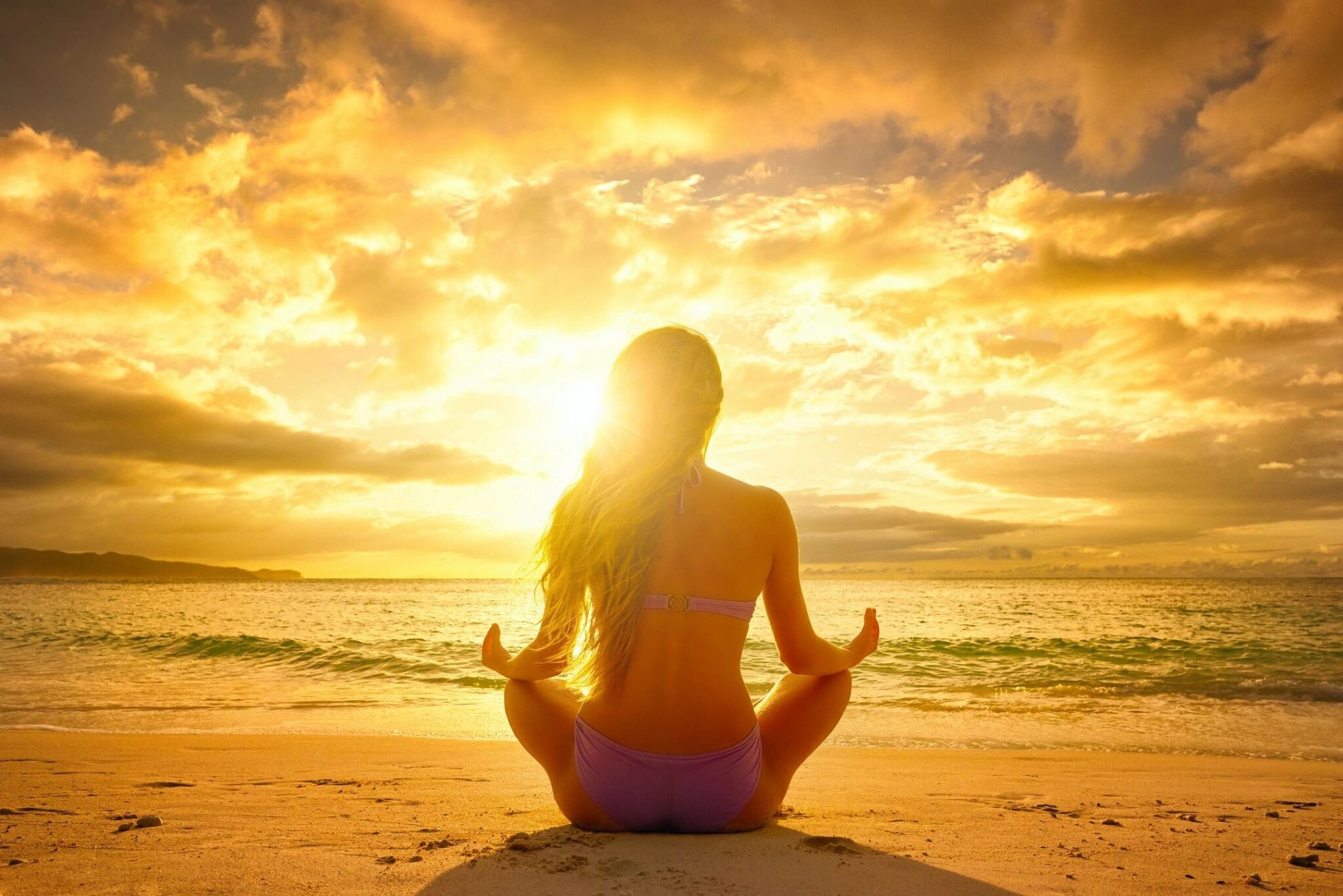
Single Female Travelers in Italy: Practical, confident, and connected
Rome rewards curiosity and courage. This guide offers grounded tips, cultural insight, and community support so you can explore with confidence—day and night, solo and on your own terms. Start with confidence “Solo doesn’t mean alone.” In Rome, you’ll find friendly locals, layered history, and a vibrant expat network. A little preparation goes a long […]
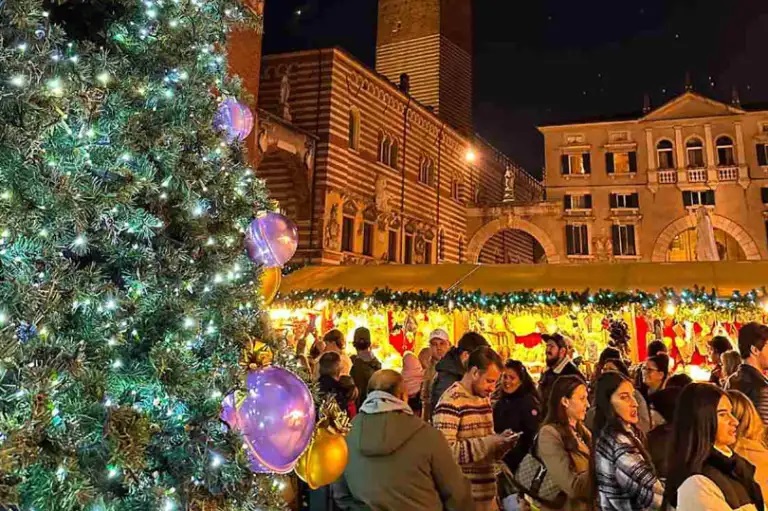
Christmas in Italy 2025: A Magical Season for Expats Across Italy
Christmas in Italy isn’t just a holiday — it’s a season full of history, flavor, celebration, and heartfelt traditions that bring families, towns, and entire regions to life. Whether you’re an expat experiencing your first Italian Christmas or a returning fan of the magic, 2025 promises some beautiful celebrations across the country. Here’s what to […]

Tax Residency Incentives in Italy — Your Guide (2025)
Italy offers several tax incentives designed to attract retirees, entrepreneurs, high-net-worth individuals and remote workers. These regimes can be extremely generous — but they are complex and often conditional. This guide explains the main options in 2025, who qualifies, and how we can help you plan a compliant move. Why Italy Offers Tax Incentives Italy […]

Navigating Healthcare in Rome: A Guide for Expats with English-Speaking Doctors
Moving abroad is exciting, that is until real life hits. I came to Italy from Alaska in 2021 for what was supposed to be a four-month study program in Florence. Four years later, I’m still here, now living and working in Rome. When we plan our dolce vita, we think about pasta, museums filled […]

Major Tax Incentives for Home Renovation in Italy (2024-2033)
Taxpayers carrying out renovation work on residential buildings and common areas of residential complexes in Italy are entitled to claim significant tax relief. This benefit allows individuals to deduct a portion of the expenses incurred from their Italian personal income tax (Irpef). This article outlines the rules, beneficiaries, and changing deduction rates for these home […]
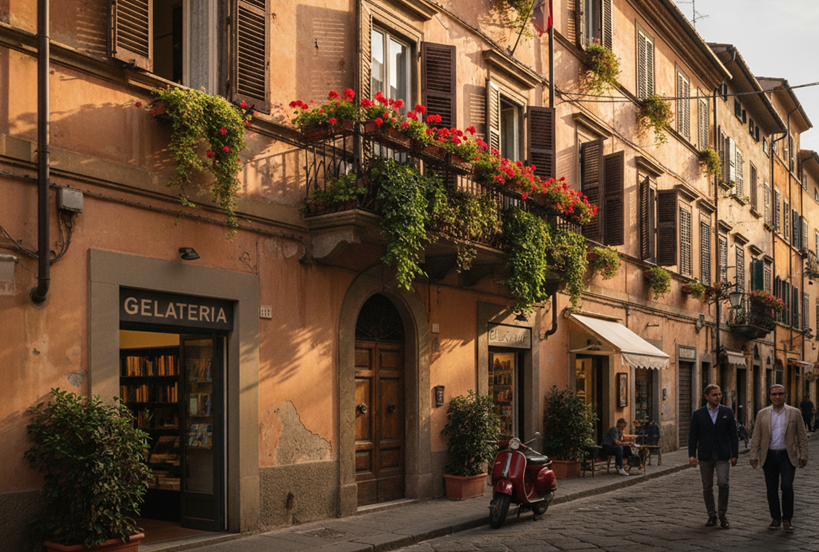
How to Save on Taxes When Buying Your First Home in Italy
Buying a first home in Italy comes with significant tax benefits and incentives designed to make property ownership more accessible. Whether you are an Italian national or a foreigner, understanding these advantages can translate into substantial savings on your property purchase. The “Prima Casa” regime is essentially a set of tax reliefs applicable to the […]

Bringing Your Family to Italy: A Guide for Non-EU Citizens
For non-EU citizens residing in Italy, having your family with you is a tangible goal. Italian law provides a framework for family reunification, allowing you to bring close relatives to live with you under specific conditions. This guide outlines the key requirements, procedures, and rights to help you navigate the process. Who Can Apply for […]

How to Become a Self-Employed Worker in Italy
Are you a non-EU citizen wishing to work as a self-employed worker in Italy? This guide explains the conditions you must meet, the procedures to follow, and the rights you can enjoy during your stay. Conditions for Self-Employment To legally engage in independent work in Italy, non-EU citizens must satisfy several conditions and obtain the […]
